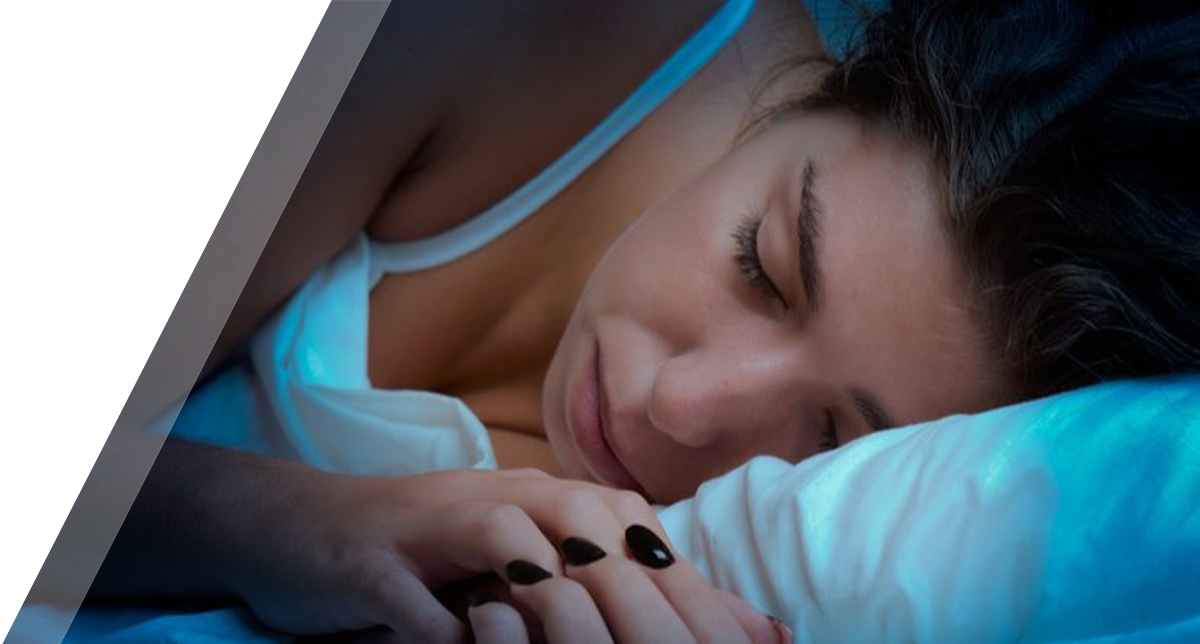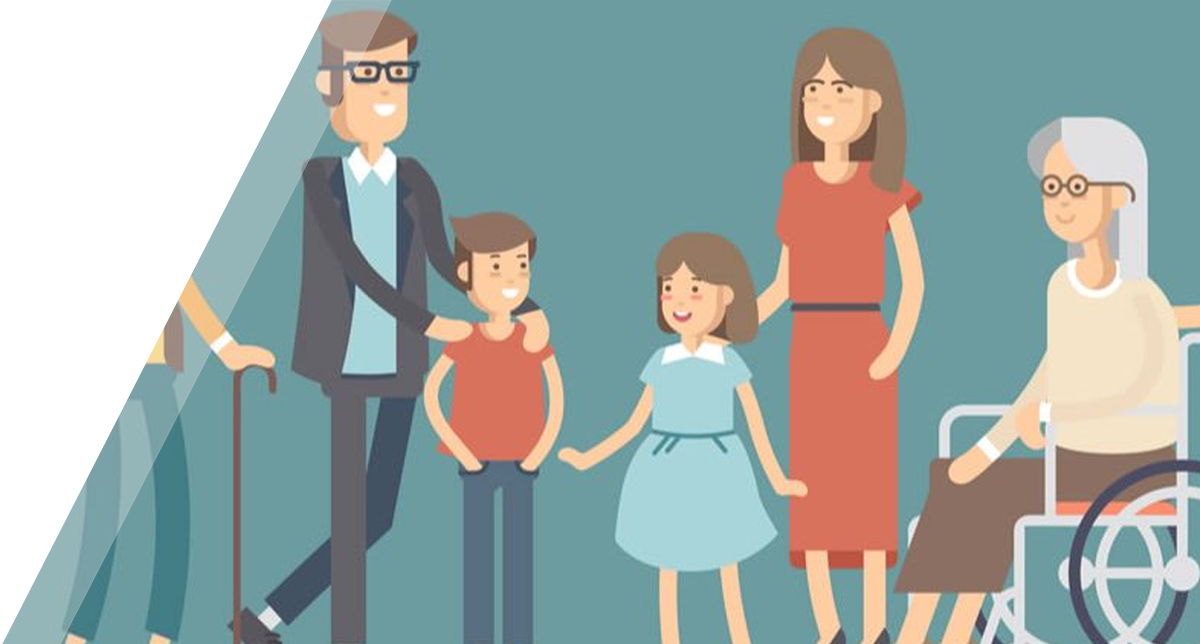If you’re tired of your spouse or bed partner constantly elbowing you in the ribs because of your snoring, it’s time to have a serious conversation with your doctor. If your doctor suspects that you have sleep apnea, narcolepsy, or restless leg syndrome, she may order a sleep study at a local hospital sleep lab. Upon hearing those words, you may find yourself thinking about the horror stories you’ve heard of patients laying wide-eyed the entire night unable to sleep, feeling uneasy about being in a hospital, or constricted by the equipment hooked up to them.
In reality, sleep study labs aren’t really labs, and they actually look a lot like a regular bedroom to make the patient feel more at home. As for the myths about not falling asleep and being concerned that the monitoring devices are too restrictive, Tanya Zehner, sleep therapist at Somerset Hospital in Somerset, PA, says that simply isn’t the case.
“Patients who really are struggling with sleep apnea will have no problem falling asleep,” Zehner said. “And the cords and wires don’t restrict movement. The patient is free to move around.”
Know What Kind of Sleep Study You Are Eligible for & What it Entails
There are two different kinds of sleep studies that you may be eligible for including a home sleep study and an in-lab study. The in-lab study provides much more information for the therapist to use in determining whether you have a sleep disorder or not. In the case of an in-home study, the patient is given a monitoring device and asked to bring it back the following day. While the home sleep study is a good screening tool, it doesn’t give the sleep therapist all of the information that they need, like telling them if the patient was asleep or awake during the recording, which is a crucial piece of information.
An in-lab sleep study involves an overnight stay while various functions are monitored, including brain and eye activity, oxygen levels, heart rate and movement. Electrodes are attached to the patient’s head to allow the therapist to determine what stage of sleep the patient is in and two belts with monitors are worn to determine whether the patient is suffering from obstructive or central sleep apnea. In addition, leg weights are used to determine if the patient has restless leg syndrome or periodic leg movement and snore sensors are put on the side of their throat to measure vibrations of the snore. Chin movements are also monitored to see if the patient grinds their teeth or relaxes during REM sleep.
What to Know Before Your Sleep Study
Before you step foot in a sleep lab, there are several things that you must do to prepare for your study. After your doctor has assessed you and recorded your sleep history, which is necessary for insurance companies to cover CPAP devices should you test positive to sleep apnea, you will want to be sure that you avoid remaining sedentary, caffeine and alcohol after 6 p.m. and taking naps prior to your study. You should also bring a pillow, comfortable and loose-fitting clothing and any prescription medication that you take. Be sure to tell your sleep therapist about any and all medication that you may be taking before your test.
After the electrodes and monitors are hooked up to the patient, it’s time to get to sleep. Six hours of recording time are needed for one, complete test. For a patient to qualify for a CPAP, the therapist has to know the apnea/hypopnea index, or the amount of times a patient stops breathing or has shallow breathing in an hour. If, for whatever reason, the patient cannot get to sleep, they may have to come back a second day for their test. For those who are diagnosed with central sleep apnea, an event where the patient’s breathing stops sporadically throughout the night, you may be required to come back a third night due to the complexity of the disorder and the sophisticated machines that are needed to treat it.
Sleep Studies Can Diagnose More Than Just Sleep Apnea
In addition to sleep apnea, the in-lab study can also determine if a patient is suffering from restless leg syndrome, periodic limb movement and narcolepsy. If you are diagnosed with sleep apnea, the most effective form of treatment is a CPAP. Other treatments include lifestyle changes, visiting an ear, nose, and throat (ENT) specialist to find out if there are surgical options available and visiting a qualified dentist who can make an oral appliance that can help treat snoring and sleep apnea.
If sleep apnea is left untreated, it can lead to a wide range of health complications including heart attacks, strokes, poor memory, irritability, and poor concentration. Work mishaps are also another problem that can occur. This is particularly pertinent for truck drivers and shift workers who are not sleeping properly, getting enough sleep, or have untreated sleep apnea. For individuals who do have sleep apnea, you have to keep an open mind during the first few months of treatment. It’s challenging getting used to a mask and CPAP, but it’s necessary to avoid serious health complications.
“I don’t think people realize the seriousness of sleep apnea,” she said. “They think snoring is a joke, but it’s definitely not a laughing matter. The first three months of using a CPAP are difficult, but you have to fight through it.”
Extending Sleep Hygiene Beyond Treatment
In addition to treatment, Zehner says to evaluate your sleep hygiene. This includes your bedroom environment, which should be kept quiet, cool, and dark, and your bedtime and sleeping schedules. It’s also important to shut off or put away electronics at least an hour before heading to bed. Instead of playing a game on your smartphone, opt for a good book. Also, be sure to get into the habit of going to bed and waking up at the same time every day, even on the weekends.
“Sleep is not a priority anymore, but it is just as important as nutrition and exercise,” she said.
Sources:


.png)

.png)




